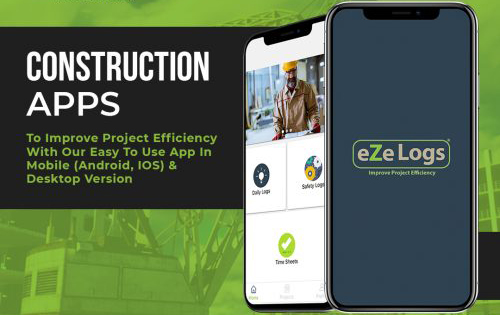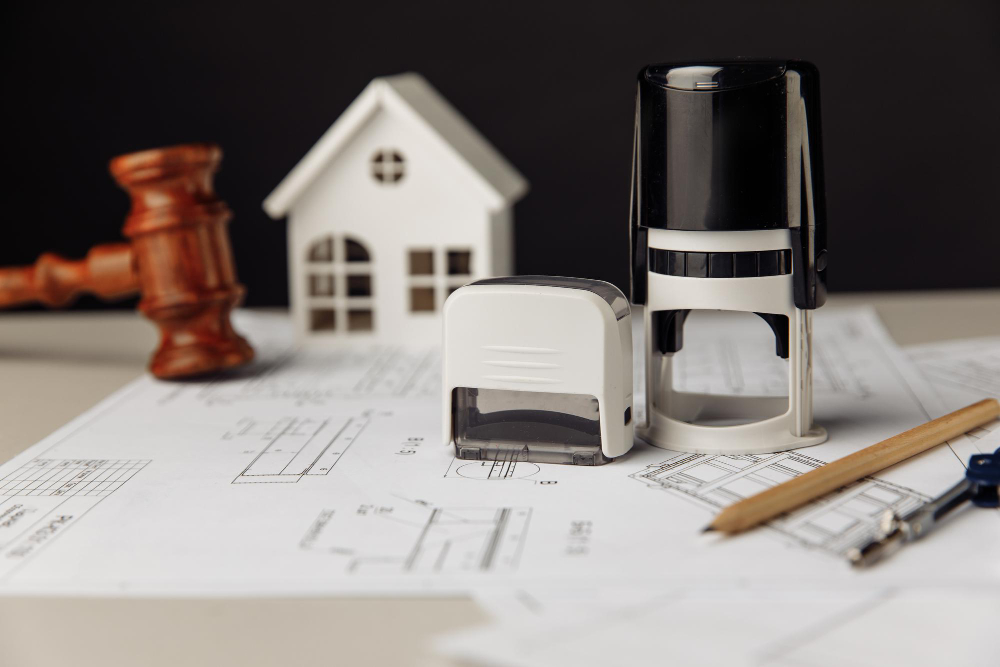There are these five steps that can lead to a Successful Project Planning. Let us have a deeper look in to this:
Step 1: Conducting an Assessment of Current Situation regarding Successful Project Planning
Assessments are crucial to identify the factors that need to be improved in order for a business to be successful. They can take anything from a few hours to days or weeks, depending on the complexity and importance of the project. This section covers how workplace assessments are done, the purpose they serve and when they are used. Project assessments are important in order to understand the current situation of the project and figure out whether you need to take any action or not.
If you are interested more about our services then visit this link for a demo.
The assessment should be conducted by the project manager in order to determine any risks and threats. The risk assessment will highlight possible risks, while the threat assessment will focus on presently identified threats. A thorough project assessment is essential for decision making and will help ensure that a team or company has the right resources in place at all times.

Step 2: Breaking Down the Project into Something Manageable
Breaking down a project is like building a house, the foundations have to be built first. A project breakdown can help you manage the project more effectively by clarifying what needs to be done in the next phase. The goal of breaking down a project into manageable tasks is to focus on what needs to be done now and not get overwhelmed with what still needs to happen because Successful Project Planning is always an integral part of any organization. Also, if you are looking for a construction project software then you may visit our site.
Breaking down a project will also allow you to estimate how long it will take once it’s finished and how much time it takes afterwards. It also helps when communicating with your team members and stakeholders as you know exactly what should be done at any given point in time. Breaking down a project into manageable tasks is a helpful way to set realistic expectations and stay on task for Successful Project Planning.
Some people find it difficult to split up the project. They might not know where to start or what the end goal is. This usually leads to people doing less work than they should be doing, which can result in a sense of dissatisfaction and failure when it comes time for evaluation. To avoid this, try breaking down your projects into manageable tasks that are both specific and measurable so you can identify things as they progress. For that, you may check this article too successful project planning.

Step 3: Creating a Timeline & a Milestone List
Timelines are very important in managing projects and numerous organizations make use of them in order to stay on track. They allow stakeholders to see where the project currently is, what needs to be completed, and what’s coming up. A milestone list is a list of key or major deadlines that need to be accomplished within the project timeline so that Successful Project Planning could be achieved.
Project managers can use these tools as a way of tracking their progress against expectations, schedule and scope. The lists should help keep the team on track while providing increased visibility into the team’s work planning process. As a project manager, it can be difficult to see the big picture and how your team is progressing. These two simple tools will show you the current status of a project and what is coming up next.
A timeline helps you see where your project is going and when you’re getting close to deadlines. Using milestones as well as deadlines can help identify what’s coming up next so that nothing falls through the cracks. Your timeline should also include some time for feedback and rewriting so that no time is wasted on content that doesn’t get approved in time.

Step 4: Designing & Creating Your Resource Plan
This section will help you assess the layout of your resources, the allocation of resources, and ways to monitor and review progress with key stakeholders. The resource plan is a document which outlines the goals you want to achieve and how you are going to achieve those goals. You need to evaluate what type of resource plan will help you in your situation. And then divide those resources into categories: personnel, time, money, facilities and equipment. In order for a resource plan to lead to Successful Project Planning then there needs to be someone monitoring and reviewing progress with key stakeholders.
This section helps you design and create a resource plan. There are mainly three types of resource plans: a financial plan, a time-based plan, and an activity-based plan. The first one is for tracking expenses and profits. The second is for scheduling work. The third one is for monitoring progress on projects as well as developing new projects in the future.
The table below outlines the key points to consider when designing your own resource plan:
1) Decide if you want to focus on what you want to achieve this year or how much money you want to spend this year
2) If you are focusing on achieving goals, then decide what goal(s) you want to achieve
3) For each goal, decide how many people it will take and alike

Read our more blogs



